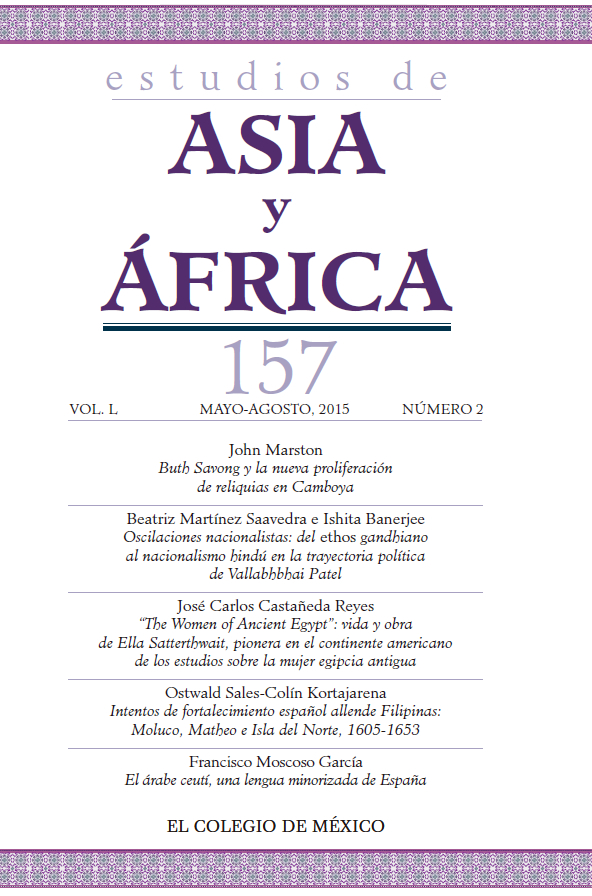Abstract
This article explores the reception and the impact of the family planning policy on China’s experimental art scene. The study aims to exhibit several artist’s takes on the consequences of the demographic policy instated in China back in 1979, as well as the way art is used as an instrument to start debates, highlight social issues, and promote social and political change. For example, He Chongyue documents propaganda and the effects of the aging population in rural zones through pictures and videos. Ma Quisha records her personal experience through videos and expresses the pressure of being an only child as well as the construction of a personal identity. Zhang O and Shen Yuan reflect on international adoption and cultural identity.
References
AFP, “China practicó casi 330 millones de abortos entre 1971 y 2010”, La Vanguardia.com, 16 de marzo de 2013. [www.lavanguardia.com/vida/20130316/54368469844/china-millones-abortos.html#ixzz2Noepk8l0, consultado el 16 de marzo de 2013.]
Gomà, Daniel, “¡No más niños!: análisis y balance de la política china del Hijo Único treinta años después de su implantación”, Scripta Nova. Revista Electrónica de Geografía y Ciencias Sociales, vol. XV, núm. 348, 1 de enero de 2011. [www.ub.es/geocrit/sn/sn-348.htm, consultado el 7 de febrero de 2013.]
Ma, Qiusha, “Décryptage de l’œuvre No.4 Pingyuanli to No.4 Tianqiaobeili par l’artiste Ma Qiusha” (entrevista con Ma Qiusha), Dailymotion.com. [www.dailymotion.com/video/xp392n_de-cryptage-de-l-yuvre-no-4-pingyuanli-to-no-4-tianqiaobeili-par-l-artiste-ma-qiusha_creation#.UR6ShtkueCk, consultado el 10 de febrero de 2013.]
Ma, Qiusha, “ON SIGHT: Ma Qiusha – From No.4 Pingyuanli to No.4 Tianqiaobeili” (entrevista con Ma Qiusha), Urbanhonking.com, 31 de agosto de 2009. [urbanhonking.com/pica/2009/08/31/on_sight_ma_qiusha_from_no4_pi/, consultado el 10 de febrero de 2013.] Traducción de la autora.
Manonelles Moner, Laia, “Arte de acción en China: la producción artística como compromiso”, InterAsia Papers, núm. 9, 2009, p. 3.
Manonelles Moner, Laia, “Diasporas and Migration Flows in Chinese Experimental Art”, International Journal of Current Chinese Studies, núm. 3, 2012.
Rofel, Lisa, Other Modernities: Gendered Yearnings in China after Socialism, Berkeley, University of California Press, 1999.
Sáiz López, Amelia, “Mujeres y género en la sociedad china contemporánea”, Visions de la Xina: cultura multimillenària, Lérida, Institut d’Estudis Ilerdencs de la Diputació de Lleida, 2009, p. 187.
Sáiz López, Amelia, Utopía y género. Las mujeres chinas en el siglo XX, Barcelona, Bellaterra, 2001.
This work is licensed under a Creative Commons Attribution-NonCommercial-NoDerivatives 4.0 International License
Copyright 2022 Estudios de Asia y África


